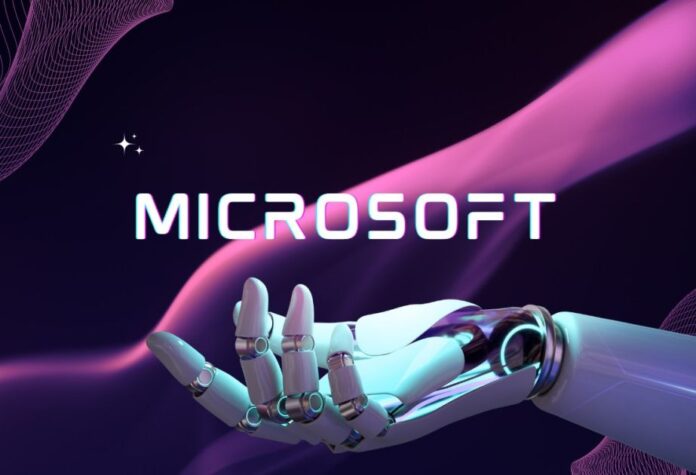On February 19, 2025, Microsoft announced the launch of a new artificial intelligence model called “Muse,” specifically designed for video game development. This model was developed in collaboration with Ninja Theory, a game development company under Xbox Game Studios, Microsoft’s gaming division. “Muse” aims to assist developers in creating visual elements (such as graphics and scenes) and in-game actions (such as character responses or interactive events), making it an innovative tool in the gaming industry.
Details About “Muse” and How It Works
-
Training Data: “Muse” was trained using data from “Bleeding Edge,” a multiplayer combat game released by Ninja Theory in 2020. The model relies on analyzing gameplay footage and controller inputs to understand the dynamics of three-dimensional worlds and physics within games, enabling it to generate interactive content based on player interactions.
-
Capabilities: “Muse” can produce visual designs for games, such as environments or in-game objects, as well as simulate actions or behaviors in response to player movements. This means it can assist in the ideation phase and accelerate the design process.
-
Objective: According to Microsoft, “Muse” is not merely a tool for creating final content but rather an assistive tool aimed at simplifying complex processes in game development, allowing developers to focus more on creative aspects like storytelling and gameplay experience.
Economic and Industry Context
-
Rising Development Costs: The video game industry is witnessing a continuous increase in development costs, with modern games requiring large teams, advanced technologies, and extended timeframes. “Muse” emerges as a potential solution to reduce these costs by automating certain technical aspects.
-
Decline in Spending on New Games: Amid economic uncertainty, consumers tend to stick to established and familiar titles rather than trying new ones. This situation pressures companies to find innovative ways to develop engaging games at lower costs, which Microsoft aims to achieve through artificial intelligence.
-
Microsoft’s Strategy: This announcement reflects Microsoft’s commitment to integrating AI into its gaming ecosystem, building on previous experiments like the virtual support assistant for Xbox. With “Muse,” the company is moving toward using AI at the core of the creative process.
Ninja Theory’s Stance
Despite the collaboration with Microsoft, Ninja Theory’s studio head, Dom Matthews, emphasized that the studio does not intend to use “Muse” to directly create final content for its games. Instead, it is viewed as a tool for generating ideas and speeding up prototyping, preserving the human touch in their titles, such as the “Hellblade” series.
Reactions and Expectations
-
Optimism: Some believe “Muse” could revolutionize game development by making it more dynamic and responsive, as Microsoft CEO Satya Nadella suggested, comparing its impact to the emergence of models like ChatGPT.
-
Controversy: There are concerns within the gaming industry about the growing reliance on AI, with some developers and players opposing its use for content creation out of fear of losing human creativity. Certain independent studios have even adopted slogans like “No Gen AI” to underscore their rejection of this trend.
The Future
Microsoft has stated that it will leave the decision on how to use “Muse” up to its individual studios, meaning we may see varied applications of this technology in future Xbox games. The model is currently in a research phase (developed by Microsoft Research teams), but it could evolve into a standard industry tool if it fulfills its promises.






















